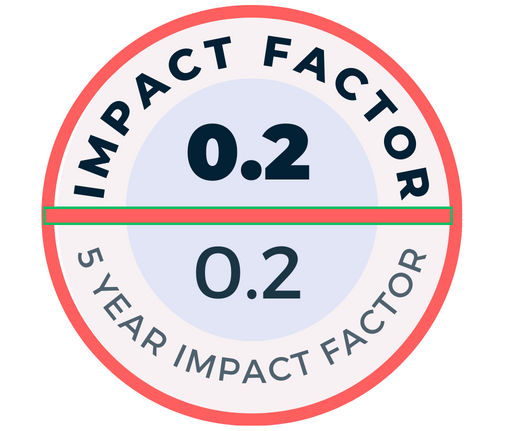Objective: Dialysate in peritoneal cavity is expected to affect multifrequency bioimpedance analysis measurement in peritoneal dialysis patients. Nevertheless, the extent of dialysate influence on multifrequency bioimpedance analysis measurement appears to be varied with the weight used in the calculation. Thus, this study aimed to evaluate the impact of dialysate on body composition when different weights were used in the multifrequency bioimpedance analysis measurement.
Methods: This single-center study was conducted among 30 peritoneal dialysis patients in a tertiary referral hospital. Multifrequency bioimpedance analysis parameters were evaluated under 3 different conditions: (i) actual body weight without dialysate instilled (reference method); (ii) dialysate-included body weight with dialysate instilled (DIBW), and (iii) actual body weight with dialysate instilled (ABW). Differences, reproducibility, and agreements between the reference method with dialysate-included body weight and actual body weight methods were examined using repeated measure analysis of variance, intraclass correlation coefficients, and Bland–Altman analysis, respectively.
Results: Pairwise comparisons showed significant differences (P <.05) between reference and DIBW in most multifrequency bioimpedance analysis parameters (10/14) except on intracellular water (P = .286), skeletal muscle mass (P = .518), skeletal muscle index (P = .079), and body cell mass (P = .357). Meanwhile, only extracellular water (P <.001), extracellular/ total body water (P <.001), and bone mineral content (P <.001) were significantly different for ABW when compared to the reference. Compared to DIBW, ABW showed lesser measurement bias, narrower 95% limit of agreement, and better reproducibility in most of the multifrequency bioimpedance analysis parameters with reference method.
Conclusion: We concluded that dialysate-induced multifrequency bioimpedance analysis bias can be reasonably corrected using patient’s actual body weight upon body composition assessment
Cite this article as: Lee S, Daud ZAM, Lim J, et al. A pragmatic approach to derogate dialysate-induced body composition bias in peritoneal dialysis patients: Insight from a single-center study. Turk J Nephrol. 2024;33(1):68-75.

.png)




.png)